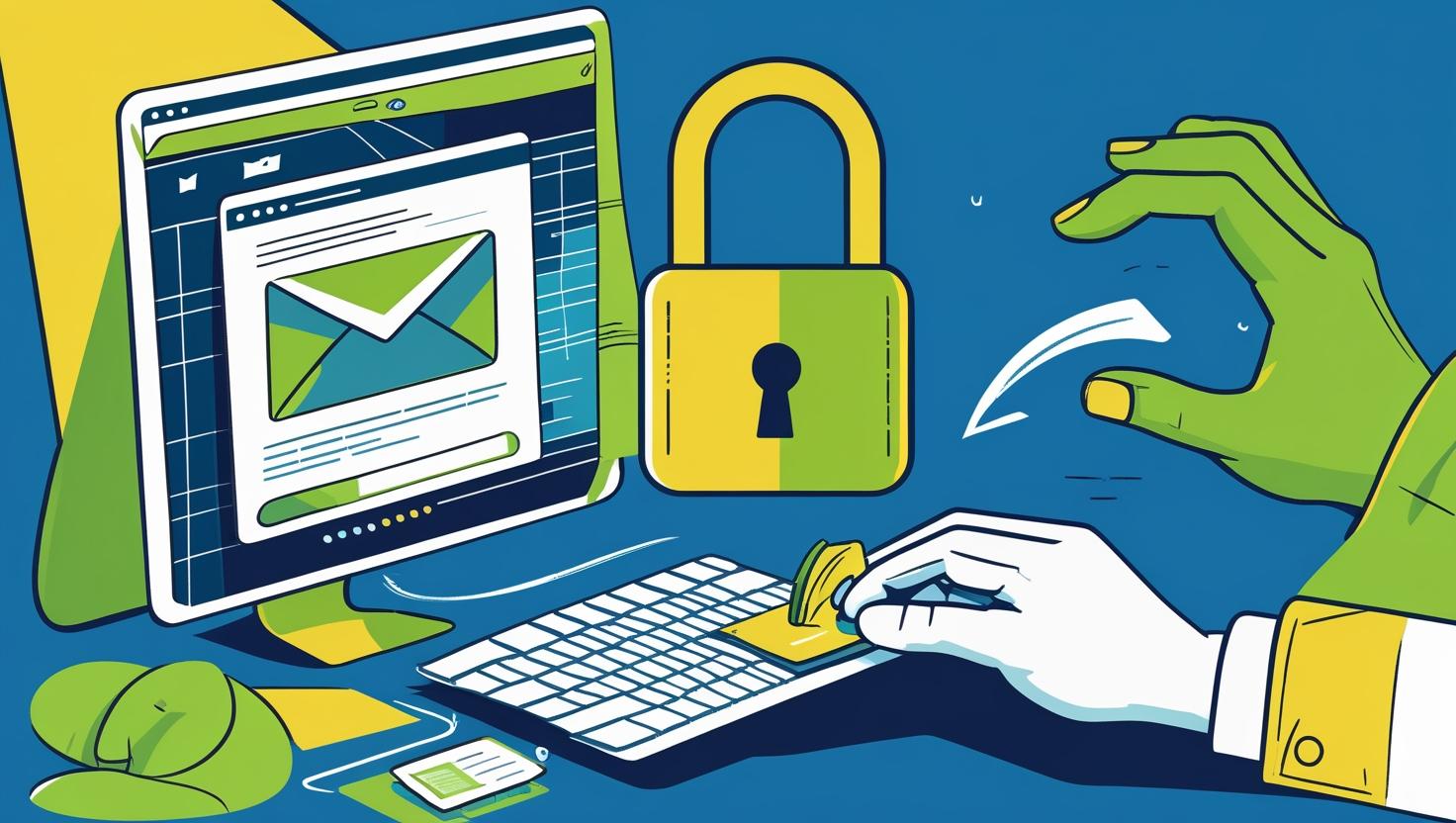Phishing attacks have become one of the most prevalent cybersecurity threats facing individuals and businesses today. With cybercriminals becoming increasingly sophisticated in their tactics, understanding how to identify and prevent phishing attempts is crucial for maintaining digital security. This comprehensive guide will teach you everything you need to know about phishing attacks and how to protect yourself.
What is Phishing? Understanding the Basics
Phishing is a type of cyberattack where criminals use deceptive emails, text messages, or websites to trick victims into revealing sensitive information such as passwords, credit card numbers, or personal data. The term “phishing” comes from “fishing,” as attackers cast their nets wide, hoping to catch unsuspecting victims.
These attacks typically involve impersonating trusted entities like banks, social media platforms, or government agencies to create a false sense of legitimacy. The goal is to manipulate victims into taking immediate action, such as clicking malicious links or downloading infected attachments.
Common Types of Phishing Attacks
Email Phishing
Email phishing remains the most common form of phishing attack. Cybercriminals send mass emails that appear to come from legitimate organizations, often including urgent messages about account security, payment issues, or limited-time offers.
Spear Phishing
Unlike general phishing attacks, spear phishing targets specific individuals or organizations. Attackers research their victims extensively, crafting personalized messages that are much harder to detect.
Smishing (SMS Phishing)
Smishing uses text messages to deliver phishing attempts. These messages often contain shortened URLs or phone numbers that lead victims to fraudulent websites or connect them with scammers.
Vishing (Voice Phishing)
Vishing involves phone calls where attackers impersonate legitimate organizations to extract sensitive information verbally. Common scenarios include fake bank security alerts or tech support scams.
Whaling
Whaling specifically targets high-profile individuals like executives or celebrities. These attacks are highly sophisticated and can cause significant damage to organizations.
How to Identify Phishing Attempts: Red Flags to Watch For
Suspicious Sender Information
Always verify the sender’s email address carefully. Phishing emails often use addresses that closely mimic legitimate ones but contain subtle differences like extra characters or different domains.
Urgent or Threatening Language
Phishing messages frequently create artificial urgency with phrases like “immediate action required,” “account will be suspended,” or “limited time offer.” Legitimate organizations rarely use such aggressive tactics.
Generic Greetings
Be wary of emails that use generic greetings like “Dear Customer” instead of your actual name. Reputable companies typically personalize their communications.
Suspicious Links and Attachments
Hover over links without clicking to see where they actually lead. Be cautious of unexpected attachments, especially executable files or documents from unknown sources.
Poor Grammar and Spelling
While not always present, many phishing attempts contain obvious grammatical errors or spelling mistakes that legitimate organizations would not make.
The Impact of Phishing Attacks
Phishing attacks can have devastating consequences for both individuals and businesses. Personal impacts include identity theft, financial loss, and unauthorized access to personal accounts. For businesses, phishing can lead to data breaches, financial fraud, ransomware infections, and significant reputational damage.
According to recent cybersecurity reports, phishing attacks have increased substantially, with millions of people falling victim each year. The average cost of a successful phishing attack on a business can reach hundreds of thousands of dollars when considering data recovery, system repairs, and regulatory fines.
Best Practices for Phishing Prevention
Use Multi-Factor Authentication (MFA)
Enable MFA on all important accounts. Even if attackers obtain your password through phishing, they’ll still need the second authentication factor to access your accounts.
Keep Software Updated
Regularly update your operating system, browsers, and security software. These updates often include patches for vulnerabilities that phishing attacks might exploit.
Verify Before You Trust
When receiving unexpected communications asking for sensitive information, independently verify the request by contacting the organization directly through official channels.
Use Email Security Features
Enable spam filters and email security features provided by your email service. These can catch many phishing attempts before they reach your inbox.
Educate Yourself and Others
Stay informed about the latest phishing techniques and share this knowledge with family members and colleagues. Regular security awareness training is invaluable.
What to Do If You Fall Victim to Phishing
If you suspect you’ve fallen victim to a phishing attack, act quickly to minimize damage. Change passwords immediately for any accounts that may have been compromised, and contact your bank or credit card companies if financial information was involved.
Monitor your accounts closely for unauthorized activity and consider placing fraud alerts on your credit reports. Report the incident to relevant authorities such as the FTC or FBI’s Internet Crime Complaint Center, and inform the organization that was impersonated in the attack.
Advanced Protection Strategies
Email Authentication Protocols
Organizations should implement email authentication protocols like SPF, DKIM, and DMARC to prevent domain spoofing and improve email security.
Security Awareness Training
Regular training programs help employees recognize and respond appropriately to phishing attempts. Simulated phishing exercises can test and improve organizational readiness.
Endpoint Protection
Deploy comprehensive endpoint protection solutions that can detect and block phishing attempts at the device level.
Network Monitoring
Implement network monitoring tools that can identify suspicious activity and potential phishing-related traffic patterns.
The Future of Phishing and Cybersecurity
As technology evolves, so do phishing techniques. Artificial intelligence and machine learning are being used by both attackers and defenders, creating an ongoing arms race in cybersecurity. Deepfake technology and more sophisticated social engineering techniques are making phishing attacks harder to detect.
Organizations and individuals must stay vigilant and adapt their security measures to address emerging threats. This includes investing in advanced security technologies, maintaining up-to-date training programs, and fostering a culture of cybersecurity awareness.
Conclusion: Staying Safe in the Digital Age
Phishing attacks represent a persistent and evolving threat in our increasingly connected world. By understanding how these attacks work, recognizing the warning signs, and implementing proper security measures, you can significantly reduce your risk of becoming a victim.
Remember that cybersecurity is an ongoing process, not a one-time setup. Stay informed about new threats, regularly update your security practices, and maintain a healthy skepticism when receiving unexpected digital communications. With the right knowledge and tools, you can protect yourself and your organization from the costly consequences of phishing attacks.
The key to effective phishing prevention lies in combining technological solutions with human awareness and vigilance. By following the best practices outlined in this guide and staying informed about emerging threats, you can navigate the digital landscape safely and securely.


Leave a Reply